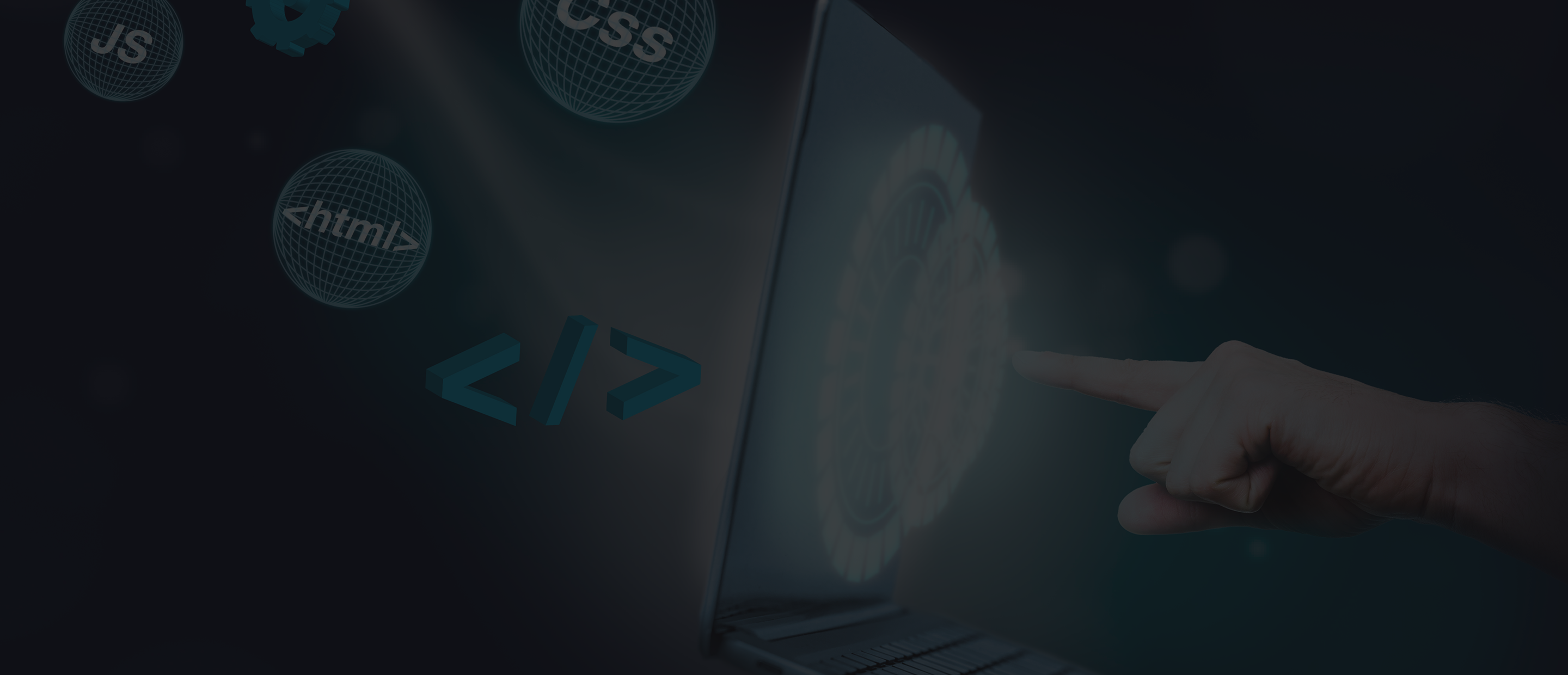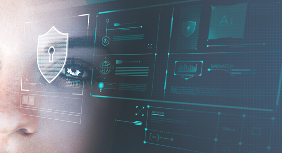Introduction
Secure coding standards are similar to building codes for computer programs. They instruct programmers in how to create code that's secure, stable, and ready for the challenges of the real world. In today's world of advanced cyberattacks and data breaches, adhering to these standards is no longer a choice. Let's go over what secure coding standards are, and why they're more relevant than ever.
What Are Secure Coding Standards?
Secure coding standards are formal guidelines intended to assist developers in writing software that reduces vulnerabilities. They are usually derived from actual threat phenomena, historical security breaches, and universally accepted coding methods.
These guidelines are not solely concerned with functionality. They first and foremost are concerned with security, ensuring that every line of code, no matter how minor, helps build a secure digital product.
Examples of popular secure coding standards include:
OWASP Secure Coding Practices
A developer-focused checklist covering input validation, authentication, and error handling.
CERT Secure Coding Standards
Developed by Carnegie Mellon University, these offer language-specific rules for C, C++, Java, and more.
MISRA and ISO/IEC Standards
Often used in automotive and embedded systems to enforce safety and security.

By following these rules, developers can avoid common mistakes that lead to breaches, such as buffer overflows, injection attacks, and broken access controls.
Why Secure Coding Standards Matter
Without structure, it is easy to overlook small vulnerabilities that can become major liabilities. Secure coding standards provide that structure, acting as a safety net during the development process.
Here’s why they play such a vital role in secure software development:
They reduce risk at the source
By integrating security into the very foundation of code, you catch issues before they turn into problems.
They support consistency across teams
Everyone writes code differently, but a shared set of standards creates harmony and reduces confusion.
They improve compliance
Many industries require proof that software was developed using secure practices. Standards help you meet those demands.
They save time and money
Fixing a vulnerability during coding is far less costly than patching it in production or after a breach.
Common Areas Covered by Secure Coding Standards
Secure coding standards are comprehensive. They touch on a wide range of areas to ensure that every part of the software is being built with security in mind.
Some of the most critical areas include:
Input Validation
Ensuring all user input is checked and sanitized to prevent attacks like SQL injection or cross-site scripting.
Authentication and Authorization
Verifying that users are who they say they are and have the right to access resources.
Session Management
Keeping user sessions safe with proper timeout handling and token protection.
Error Handling and Logging
Displaying minimal error messages to users while logging detailed info securely for developers.
Cryptographic Practices
Making sure encryption is applied properly to sensitive data both at rest and in transit.
How Secure Coding Fits into the Development Lifecycle
In modern development environments, especially those using DevSecOps, secure coding standards are baked into every phase of the life cycle. They are not just rules to follow at the final stage. They become part of the developer’s workflow from day one.
Tools like static code analyzers, linters, and integrated development environments can be configured to alert developers when code violates a rule. This immediate feedback reinforces the habit of secure coding early on. It is no longer enough to check code after it is written. Secure software development means thinking about security at each decision point.

Real-Life Consequences of Ignoring Secure Coding Standards
History is filled with instances wherein neglect of secure coding principles resulted in major issues. Data breaches, shutdowns of systems, and damage to reputation usually trace their origin to one common flaw that could have been averted through improved coding habits.
Think about the notorious Heartbleed bug. A small coding error in the OpenSSL library allowed attackers to read memory from web servers. Millions of systems were affected. The vulnerability was present simply because input validation and memory checking weren't enforced.
Making Secure Coding Part of Your Culture
Adopting secure coding standards is not a one-time task. It is an ongoing commitment. To truly embed them into your team’s culture, consider these steps:
Provide regular training
Developers need to stay updated on the latest security practices and evolving threats.
Integrate tools that reinforce standards
Use code scanners, linters, and automated tests to provide real-time feedback.
Perform regular code reviews with a security lens
Encourage peer reviews focused specifically on identifying risky code.
Celebrate secure thinking
Highlight team members who catch and fix security issues early. Positive reinforcement drives change.
Final Thoughts
Secure coding standards are not just for security teams. They are for every developer who touches the codebase. In an environment where threats evolve daily and software connects more aspects of our lives than ever, these standards provide a framework for resilience.
They help create code that is not only functional but safe. Code that protects users, data, and businesses from threats before they arise. When integrated into secure software development from the start, they transform how we think about quality, performance, and trust. The goal is not just to avoid mistakes. It is to build software that is fundamentally secure by design.







